There are many preconceived ideas about how to shoot video well. In the first of this two-part series, Joanna Hitchcock chats with leading filmmakers to bust the myths surrounding video capture and provides practical suggestions on how professional photographers can start shooting compelling video.
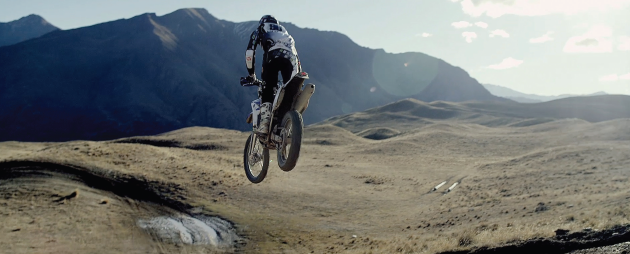
Photographers, being well versed in visual imagery, could be forgiven for thinking they already have the skills to shoot video, but on delving deeper into the topic it becomes clear that there are many unfamiliar skills and techniques involved. “When you add in the element of motion with light, subjects and depth of field changing over time, that adds a tremendously difficult aspect to video capture,” says New York-based cinematographer Rob Adams, who has spent over fifteen years filming high-end weddings around the globe. Photographers often find that contrary to popular belief, they cannot just pick up their camera and start shooting, but if they take the time to understand the differences and learn new techniques their visual mastery should hold them in good stead.
Myth #1: I don’t need any special skills to shoot video – I’m a professional photographer after all.
As visual mediums, there is crossover from photography to video with composition and lighting, but when starting out in video production, photographers need to switch their mindset from capturing single moments to telling a story over time. Telling the story is what filmmaking is all about, and the imagery is only a part of the finished product. “Photographers sometimes fall into the trap that they’re really good at photography so they’ll be great at video because they can shoot pretty looking clips, but if you don’t know what to do with them, that doesn’t matter. You have to really focus on the story, always”, says award-winning filmmaker and educator Ross Hockrow, who plans all his projects using a plot arc, used worldwide as the standard way to construct a story. “The arc is existent throughout every story, all the time,” he explains. “A generic story arc starts with a beginning, or an exposition, then it goes up in a rising action, then at the top point is the climax. Then, it has the falling action and the resolution. I draw a picture of an arc and I write one sentence on each part of the arc on what that part of the story is going to be.”
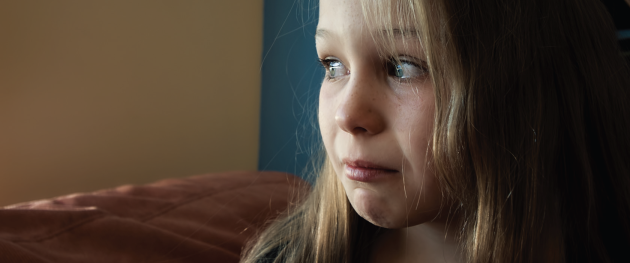
Pre-planning like this is vital to give filmmakers a better understanding of what the end result will be, and the correct approach to take depends on the project. Storyboarding is a great way to visualise the shoot for projects that can be pre-planned, like films and commercials, which involves drawing frames of what every set will look like so that filmmakers can see what is going to work ahead of time and to ensure the whole crew is on the same page. “I pre-scout every location by myself before I shoot in order to make lens choices and study the light and the compositional opportunities,” says Joe Murray, award-winning Directors Guild of America Commercial Director. “I will shoot still images to base my moving images on and use those to communicate with the storyboard artist. I make extensive use of an iPad app called Artemis, a digital director’s viewfinder. We visit each location and discuss how best to approach the shoot from an artistic and technical point of view,” he says. Artemis is certainly a useful planning tool as it lets shooters use their iPhones or iPads to see what each lens shot would look like from where they are standing and allows them to take a photo of it and import it into a storyboard application like Storyboard Composer by Cinemek.
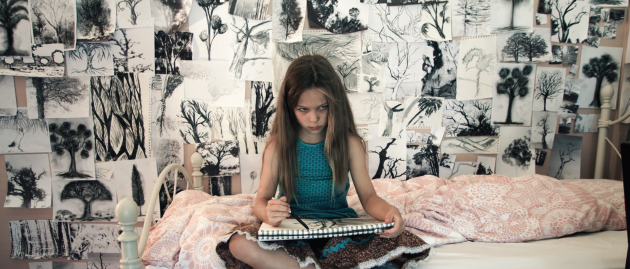
With weddings and live events, it is impossible to plan out every scene, so storyboards are replaced with client planning meetings and shot lists. “For live events, it’s about trying to extract as much information from the client as possible about what their goal is,” says Hockrow. “Then you coordinate with your team so that each person knows exactly what they are trying to create and each person has their own specific job.”
The concept of a shot list is the same as that of a photographer’s, but the execution is different because whereas a photographer will have a list of different shots they need to get, a cinematographer needs to get each shot multiple different ways. “The most common mistake I see photographers make is the predictability of their shots,” says Ray Roman, regarded as one of the top ten wedding and event cinematographers in the world. “I typically see photographers capturing the same image they would with photos, but they’re utilising the video function and holding it for three or four seconds which is just not interesting, and in the end, the video will just look like a slideshow.” Photographers need to learn how to move the viewer’s eye around the screen. “Everyone needs to learn how to create images that flow, so learn how to edit first because that will give you a very good idea about what content you need to shoot,” says advertising photographer turned award-winning commercial director, Mark Toia, “It’s all about coverage, so always shoot tight, medium, wide, long and short.”
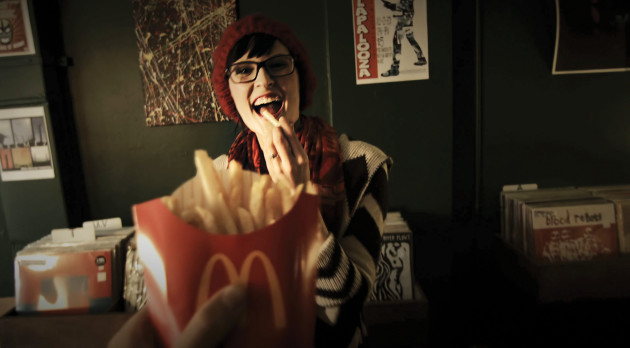
Planning a shot list ahead of time ensures shooters think about framing and how to convey the story. “My shot list would detail each different type of framing and angle for every scene,” says Hockrow. Shooters should also think about transitions and what they need to shoot to move the action from one scene to the next as well as how framing choices affect the story. “Rule of thirds matter. Different framing conveys different emotions and negative spaces all feed into the story you are trying to tell. The framing conveys emotion which feeds into the plot arc, but sometimes the idea in your head doesn’t always translate correctly to the screen. That’s why you want to see it in advance, and why storyboarding is useful”, explains Hockrow.
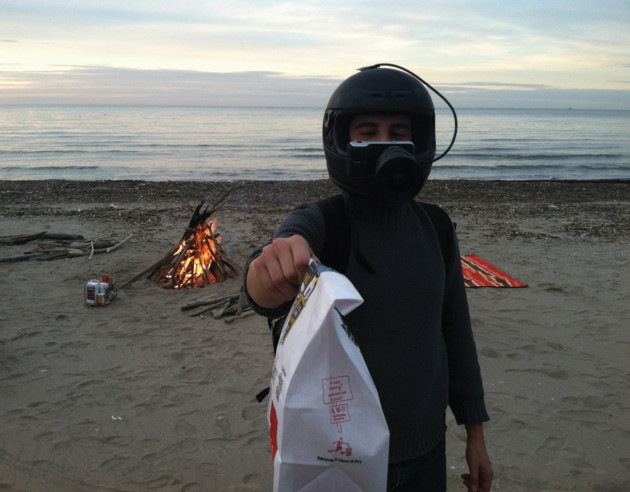
When it comes to video, photographers essentially need to go back to basics and learn the fundamentals. “Study, take workshops, read books, watch films and pay attention to the way that they are cut and the way that the shots come together. Look at the dynamic angles and how they tell the story visually. Pay attention to how to move around a scene and how to get from one scene to another. A lot of people don’t think about transitions, but knowing how to get the viewer from one place to another is important,” says Adams.

Photographers also need to understand there are technical differences when shooting video too and they can’t just use their camera equipment exactly the same way they do when shooting stills. HDSLR shooters really need to hone their exposure and focusing skills for video as everything is manual and the latitude for error is much smaller than shooting RAW stills. “With video you’re shooting to a very compressed file format, so you have to live with whites being blown out or banding in the shadows if you don’t get the exposure right. With moving subjects maintaining focus is a challenge too, and if you’re even slightly out, your image is unusable,” says Roman.
Acceptable ISO levels are also much lower than can be used in still photography. “We really only use 100-1600 ISO,” explains Adam Haywood, co-director of Final Focus Australia. “Once you go beyond 1600, you really are stretching the limitations of the video codec and grain of the image, which results in noticeable banding in the shadows and increased softness in the image.”
Myth #2: In order to shoot great video, all I need is a DSLR and a tripod.
Rule number one of shooting quality video is holding the shot steady. Use of a tripod along with considered framing and knowing how to tell a story can result in great video when a shot is locked down. But most of the time, some movement is required to make a film visually interesting, and photographers will find that their stills tripods are not the most appropriate equipment. “It is extremely important not to use a tripod built for still work,” says Haywood, “With video, it is paramount to have smooth movements during the shot you are filming, and fluid head tripods are designed to make it much easier to pan and tilt the camera smoothly to capture your moving image.”
Depending on use though, tripods can be a little cumbersome and the best wedding and event filmmakers recommend using a monopod. “I’m on a monopod eighty per cent of the time,” says Hockrow. “They keep you mobile so you can easily move from one spot to another, allowing you to get more vantage points. Monopods can also be used to create a lot of dolly like shots and the subtle movement is what adds interest to an otherwise predictable, bland shot.”
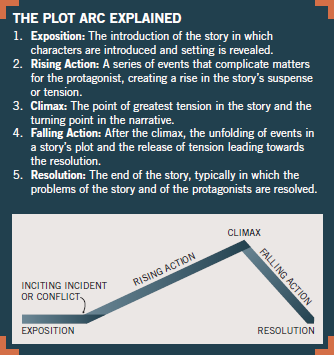
There are many other accessories available to create movement in shots, and since the introduction of HDSLR video shooting there has been a frenzy of activity with companies offering everything imaginable, but Hockrow warns against getting carried away with gear. “You’re going to go and buy gear and you’re not even sure what you’re going to use it for. You don’t know the type of storyteller you are yet, so just get a monopod and find out who you are first, then buy the gear you need to tell a story the way you want to tell it,” he suggests.
Adams suggests a good place to start is with a simple slider. “For little cost, you can introduce very expensive looking production value. Any movement of the camera needs to be very controlled, so a slider is a great ,easy way to introduce a little bit of movement. The problem with a slider is it’s very easy to overuse and it’s a common mistake I see filmmakers make. Motion needs to be subtle unless you’re really trying to create some sort of tension or mood with that movement,” he says.
New filmmakers also need to remember that the vision is only one element of a film, so it is important to consider audio which makes up fifty per cent of the experience. DSLRs do not offer good onboard audio capture, so is it is important to invest in a good audio capture device for every video project. An external recorder such as a Zoom audio recorder or a capture device such as the Juicedlink pre-amp, which can be mounted and linked to capture straight
into your DSLR, are good options. “I can’t stress how important audio is when it comes to great video, so get a good mic like a RØDE shotgun or lapel that is suitable for your application, a mic cable, boom pole and recorder, and learn how to use them effectively,” suggests Haywood.
Myth #3: High quality video can only be shot on a full-frame DSLR.
The release of the Canon 5D Mark II several years ago and the subsequent introduction of HD video capture throughout the DSLR market changed the face of the video industry. “Prior to the DSLR video, world we were shooting on camcorders with only 1/3 inch sensors where getting that beautiful depth of field was basically impossible. The quality of the footage from DSLR was outdoing that of the professional video market, producing more beautiful images than the standard digital video cameras, including the broadcast production models,” explains Haywood.
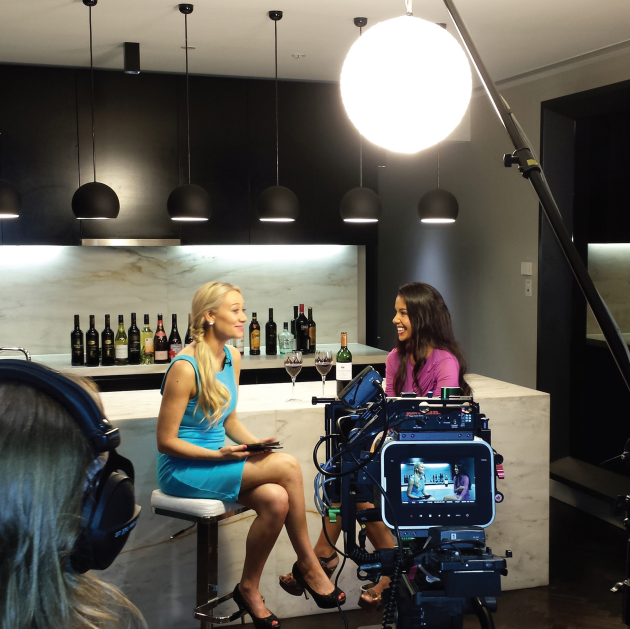
A full-frame sensor delivers more light on the sensor plane giving a shallower depth of field and better performance in low light conditions than Micro 4/3 or even APS-C sensor cameras, which is why the Canon 1D C is Roman’s camera of choice. “I love the shallow depth of field it gives me so that I can control the background as opposed to a pro video camera where there are a lot more things in focus. When you’re on a commercial shoot or shooting a film, you can control your backgrounds by moving items on set, whereas with a wedding you have to live with a lot of the backgrounds that are there. If I can control that with my depth of field, I’m able to take out the things that I don’t want,” he says.
But while the low light capabilities and shallow depth of field make full-frame DSLRs a great option, there are other factors to consider and other options are now available that produce equal, if not better quality video. “These days, people want a richer image, and this comes from dynamic range rather than simply resolution. It also comes from shooting RAW. When you shoot with a camera such as the Blackmagic Cinema Camera, you get a resolution that looks good even when cropped and re-framed, and you get dynamic range that has a cinematic feel, with RAW giving you access to all the colours and details. The step-up into your DSLR, are good options. “I can’t stress how important audio is when
it comes to great video, so get a good mic like a RØDE shotgun or lapel that is suitable for your application, a mic cable, boom pole and recorder, and learn how to use them effectively,” suggests Haywood.
Myth #3: High quality video can only be shot on a full-frame DSLR.
The release of the Canon 5D Mark II several years ago and the subsequent introduction of HD video capture throughout the DSLR market changed the face of the video industry. “Prior to the DSLR video, world we were shooting on camcorders with only 1/3 inch sensors where getting that beautiful depth of field was basically impossible. The quality of the footage from DSLR was outdoing that of the professional video market, producing more beautiful images than the standard digital video cameras, including the broadcast production models,” explains Haywood. A full-frame sensor delivers more light on the sensor plane giving a shallower depth of field and better performance in low light conditions than Micro 4/3 or even APS-C sensor cameras, which is why the Canon 1D C is Roman’s camera of choice. “I love the shallow depth of field it gives me so that I can control the background as opposed to a pro video camera where there are a lot more things in focus. When you’re on a commercial shoot or shooting a film, you can control your backgrounds by moving items on set, whereas with a wedding you have to live with a lot of the backgrounds that are there. If I can control that with my depth of field, I’m able to take out the things that I don’t want,” he says.
But while the low light capabilities and shallow depth of field make full-frame DSLRs a great option, there are other factors to consider and other options are now available that produce equal, if not better quality video. “These days, people want a richer image, and this comes from dynamic range rather than simply resolution. It also comes from shooting RAW. When you shoot with a camera such as the Blackmagic Cinema Camera, you get a resolution that looks good even when cropped and re-framed, and you get dynamic range that has a cinematic feel, with RAW giving you access to all the colours and details. The step-up in quality makes DSLR footage feel a little cheap by comparison,” says feature film and commercial director Christopher Kenworthy.
For Toia, it is about finding one tool that does everything he needs, “I use the RED Dragon for ninety eight per cent of my work. It shoots at 100 frames per second compared to Sony and Panasonic cameras that only shoot 25 or 30fps which is invaluable for clients who want a high speed ad, and it shoots 16-bit RAW at 6K, which gives me absolute control over my image,” he says. Although RED cameras have a higher price tag than most, Toia believes the functionality they offer makes them great value for money. “$29,000 for a Dragon is very reasonable, especially considering it has just won the best sensor in the world. They are solid aluminium which makes them really durable so we can anchor our cameras in any position with no threat of them falling apart. I’m all about time management and image quality. The RED Dragon is a very small camera that I can jam into small spaces and still get big files, so it’s a very powerful little box and it ticks too many boxes for me to ignore,” he says.
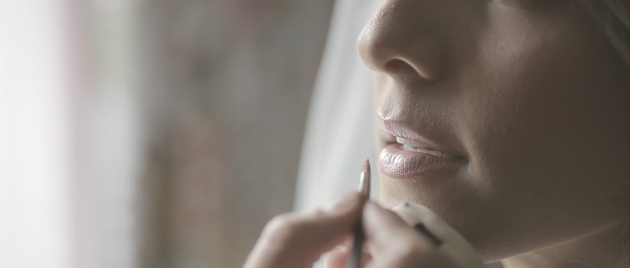
Rob Adams chooses to shoot with Canon C100, which have the added advantage for Canon shooters of being able to use their Canon lenses. “The C100 gives me that really beautiful dynamic range, high-end cinema camera look at a fraction of the cost and with the ergonomics that I want in a run-and-gun camera,” he says. “I can get 13 stops of dynamic range, which means I can expose what’s outside of the window and a bride sitting next to the window without data loss. It gives me much more information in the colour so I have a lot more data to work with in post even though it’s not RAW. I have XLR audio inputs, the ability to shoot to dual cards simultaneously, I’ve got long run-time on my recordings and one battery lasts me all day, so I don’t have to stop and start the camera every twelve minutes. It’s wonderfully suited for weddings and it has built in neutral density filters too so I don’t have to shoot at ridiculously fast shutter speeds, I can use my filters to keep my shallow depth of field and keep my shutter speed where I want it,” he explains.
With so many camera options, shooters just need to do their research and find the right equipment for their needs. “Full-frame certainly is fantastic for the low light capabilities, however if you understand the limitations of your equipment you can produce stunning images with most cameras on the market,” says Haywood.
Myth #4: 4K is not relevant because televisions/monitors displaying that resolution are either too expensive and/or too uncommon.
While current home monitors are not able to display it, 4K is extremely relevant for filmmakers who intend to have their film projected onto a large screen. Shooting 4K can have also production benefits for commercial shooters like Murray, regardless of final output. “4K is quickly becoming the standard and though I didn’t initially see it as a necessity, I now shoot it when possible. As it is four times the image size of HD, if I am under a time crunch it allows me to capture several focal lengths with one lens. I just did this on a green screen portion of an automotive shoot where the backgrounds were CG. Also, sometimes when shooting cars or action that is either too expensive to repeat or where the operating might be critical, I will shoot a bit wider than I would normally frame and then down res and stabilise in post if needed. I now consider it as if I am shooting a negative and having the ability to crop in if needed,” he says.
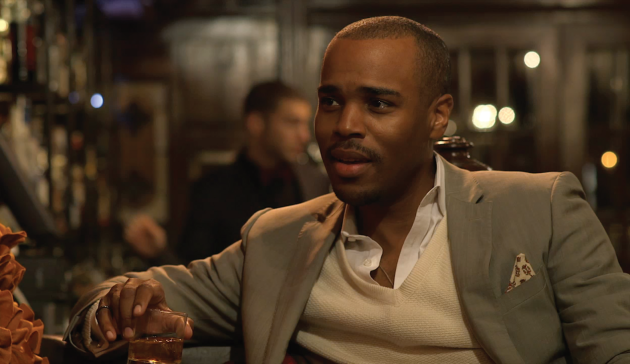
The benefits of shooting 4K extend from the shoot to post production, too. “If you shoot a frame live but later in the edit suite decide it needs ‘adjusting’ there is plenty of room on a Full-HD 1080 edit to do, so with 4K footage there is zero quality loss. Full-HD being 1920x1080 pixels versus 4K 3840x2160 pixels, you can literally zoom into one quarter of the size of the 4K with absolutely no effect on the quality,” explains Haywood. “When shooting a television commercial or big budget production, 4K will not only increase the quality of the final product but will also make the post production process simpler, and the visual effects and colour grading team will love you for delivering footage with so much ‘information’ for them to work with,” he says.
With much larger files, a more complex workflow, and the fact that home entertainment units cannot display it, domestic shooters question the need to shoot in 4K and although they concede it is coming, most are not shooting it yet. Looking to the future, and with the ability to shoot 4K with his Canon 1D C, Ray Roman has just introduced a 4K option in his wedding packages. “I know I have clients who just want everything we offer, so offering 4K just gives me one more thing we can add on. No bride is even going to be able to distinguish between 2K and 4K now, but in five or ten years time when everyone is watching their videos on 4K monitors, they will appreciate the difference. 4K has a completely different workflow and it’s a pain, which is why I offer it as an added extra and charge accordingly for it,” he says.
Whether filmmakers choose to shoot 4K or not, Toia notes that it is still important to consider other factors. “It’s easy for most camera sensors to shoot 4K because it’s purely a resolution, but it’s the depth and tonal range that’s important. So a GoPro Hero3 that shoots 4K won’t give you the same depth or tonal range as a RED Dragon and you’re not going to gather the same amount of information on that sensor as you do with larger cameras,” he explains.
Shoot and learn
Clearly, shooting compelling video is more complex than switching your DSLR into video mode and hoping for the best, and photographers interested in filmmaking need to understand they have a steep learning curve ahead of them, but Toia suggests that shooters just need to keep learning and be persistent. “Coming into this modern day age where the industry is highly competitive and the bottom end of the market is completely flooded, it comes down to how creative you are and how well you can multitask. I’m all about the future and I think people really need to be a master of all and put a lot of effort into each individual area of filmmaking. It might take years to master but if you want to be a successful filmmaker you have to put in the hours of learning. You just need to keep shooting, get that reel going and prove to the world how awesome you are”, he says.
Contacts
Rob Adams: www.robadamsfilms.com
Adam Haywood: www.finalfocusaustralia.com
Ross Hockrow: rosshockrow.com
Christopher Kenworthy: www.christopherkenworthy.com
Joe Murray: www.nativesonsfilms.com
Ray Roman: rayromanfilms.com
Mark Toia: www.toia.com
Links and Apps
Penny shot on Blackmagic Cinema: vimeo.com/81997022
Blackmagic Cinema vs. Canon 5D Mk. III: vimeo.com/49875510
Artemis: www.chemicalwedding.tv/artemis.php
pCAM: www.davideubank.com
Storyboard Composer: www.cinemek.com/storyboard/index.php
Training resources
www.christopherkenworthy.com/the-master-shots-books.html
www.cinestories.com/tour.html
www.colorgradingcentral.com
www.creativelive.com
www.directingmotion.mzed.com/streaming
www.mzed.com/collections/filmmaking

